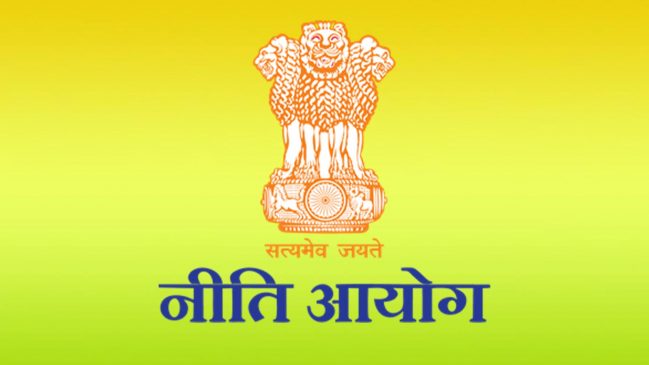
New Delhi: It’s cheap, it’s environment-friendly, it’s used worldwide and India must begin using it. And much, much more than it now does was the recommendation by the NITI Aayog to P.K. Mishra, Principal Secretary to Prime Minister Narendra Modi on August 18.
During a presentation by officials led by Dr V.K. Saraswat, Member, NITI Aayog, the advantages of blending petrol with methanol were made very clearly. If a litre of petrol contained 15 per cent methanol, the prices would come down sharply, helping consumers, the government, of course, and reducing carbon dioxide emissions.
If the “total selling price” of petrol was Rs 96.72 per litre, then, a combination fuel that comprised 82 percent petrol, 15 percent methanol and 3 percent additives would be Rs 7.89 cheaper at Rs 88.83. The petrol in the litre of fuel would cost Rs 46.84, before excise duty and dealer commissions, as opposed to Rs. 57.13, and the addition of methanol and the additive would increase costs only by Rs. 5,25. The additional costs are also lower.
Methanol can also be added to diesel, which trucks carrying goods and involved long-distance trips use. Currently, methanol production is highest in two Coal India plants in Dankuni (2000 tons per day) and Asansol (1800 tons per day), while the five plants that produce methanol using natural gas produce a combined total of 2,192 tones daily. Much more can be done in the long term, the report said.
Bigger challenges are first, how to ensure that methanol reaches the consumer and vehicles can use the fuel without problems. Ashok Leyland, it said, had successfully converted trucks that run on CNG to run on only methanol. In Kerala, the state road transport corporation is trying out buses that run on 15 per cent methanol. Kirloskar is developing gensets that run on methanol and Ashok Leyland, power generators.
Methanol can also be used for ships and barges; it will also be cheaper than using diesel and certainly more useful, when it comes to global warming. The “carbon factor” or the amount of emissions of carbon dioxide is lower in methanol than diesel, LNG and even ethanol. The CF or carbon factor in diesel is 3.206, in LNG, it is 3.015, in ethanol, it is 1.913, while in methanol it is 1. 375. Emission levels in methanol are almost half when methanol, made from biomass, is used, compared with heavy fuel oil and fossil-based LNG. If methanol based on natural gas is used, the emission level is marginally higher.
Methanol, the presentation said, can provide a cleaner alternative in rural areas for those families not covered under the Pradhan Mantri Ujjwala Yojna. The Bureau of Indian standards estimates that even partial use of methanol would reduce the country’s cooking fuel import bill by $US 100 billion and reduce pollution levels considerably.
The impact of using petrol and diesel with 15 per cent methanol would be considerable. If by 2025, 10 percent of Indian vehicles used fuel with 15 per cent methanol, carbon emissions would come down by 38,600 tons every year and import costs of petroleum would come down by about US$ 450 million. If by 2030, 25 percent of vehicles in India used fuel with 15 percent methanol, it would reduce carbon emissions by 116,000 tons annually and reduce petroleum import costs by US$ 1,350 million.
Similar benefits can be obtained by blending methanol based Dimethyl ether or DME in cooking gas. Using 20 per cent DME by 2025 will lead to import reduction of 4.5 million tons of LPG, saving US$ 2,450 million and by 2030, a 20 per cent blend would mean importing 5.7 million tons less LPG, saving US$3,160 million. It would also reduce the PM Ujjwala subsidy considerably.
A lot has to be done to get there. The Centre has to prepare gazette notifications for the use of petrol and diesel with 15 percent methanol. The methanol production units must get feedstock and ships and barges should be retooled for use of methanol. Delivery points at ports must be there along with infrastructure for blending, storing and using blended fuel. Necessary work also needs to be done for the PM Ujjwala programme.





































